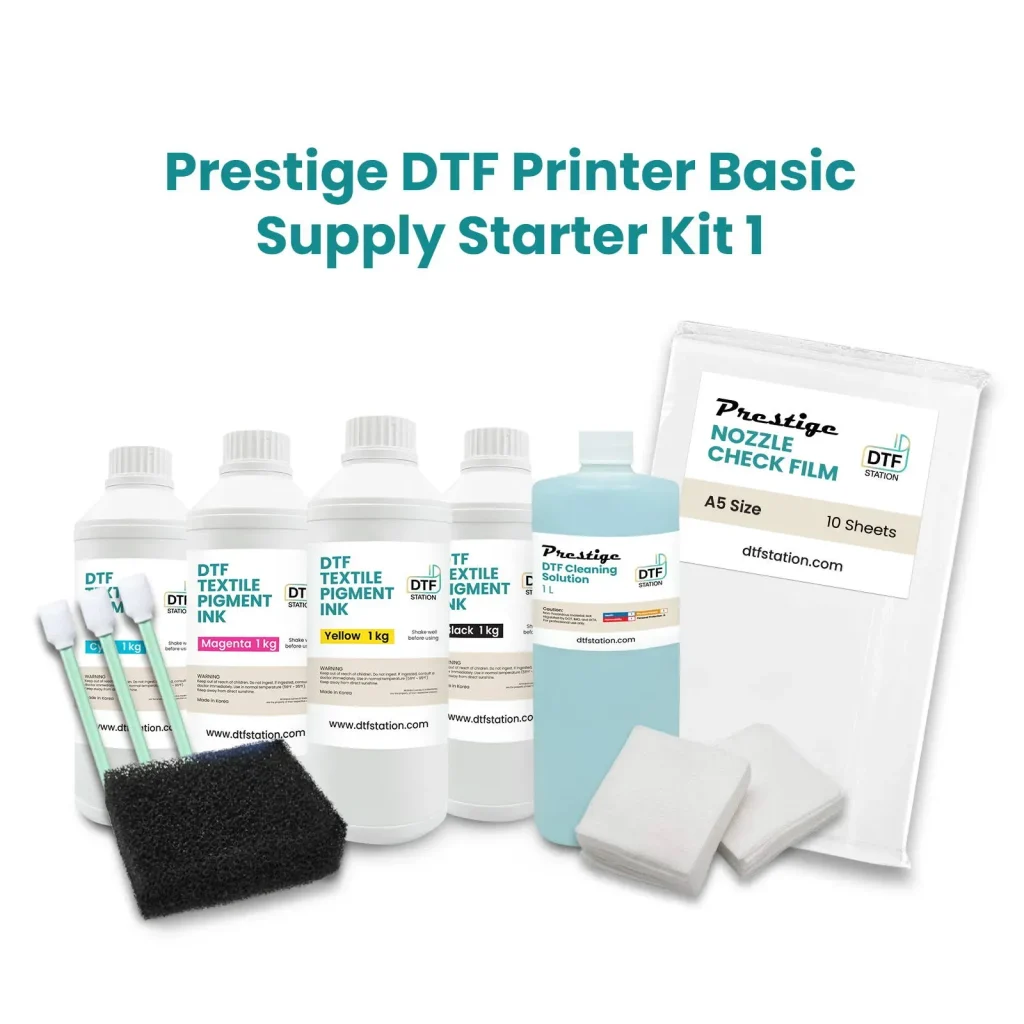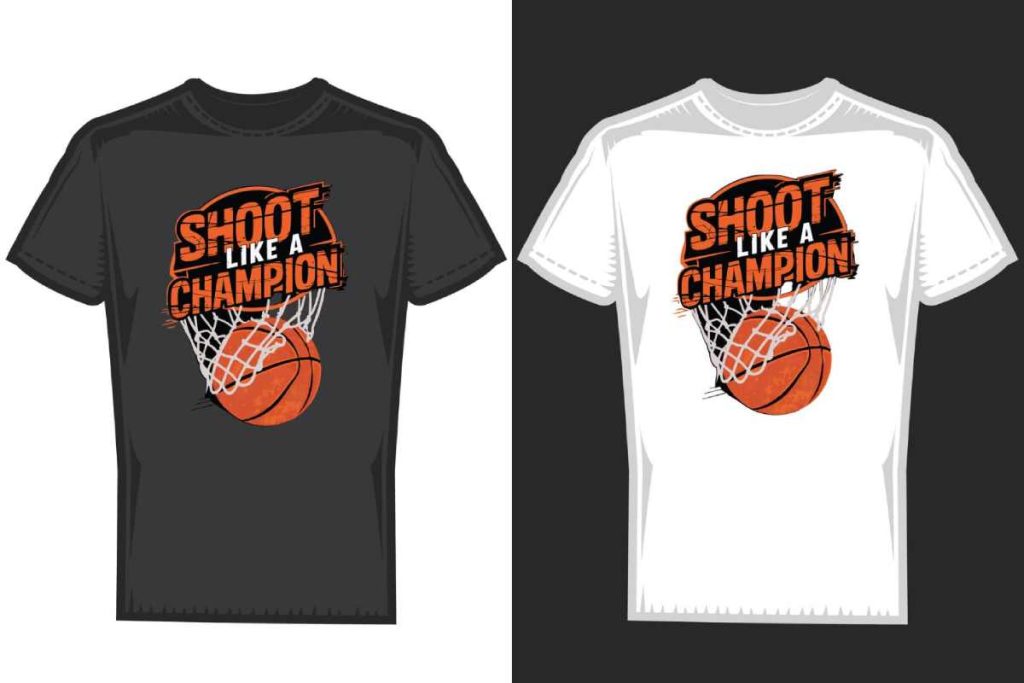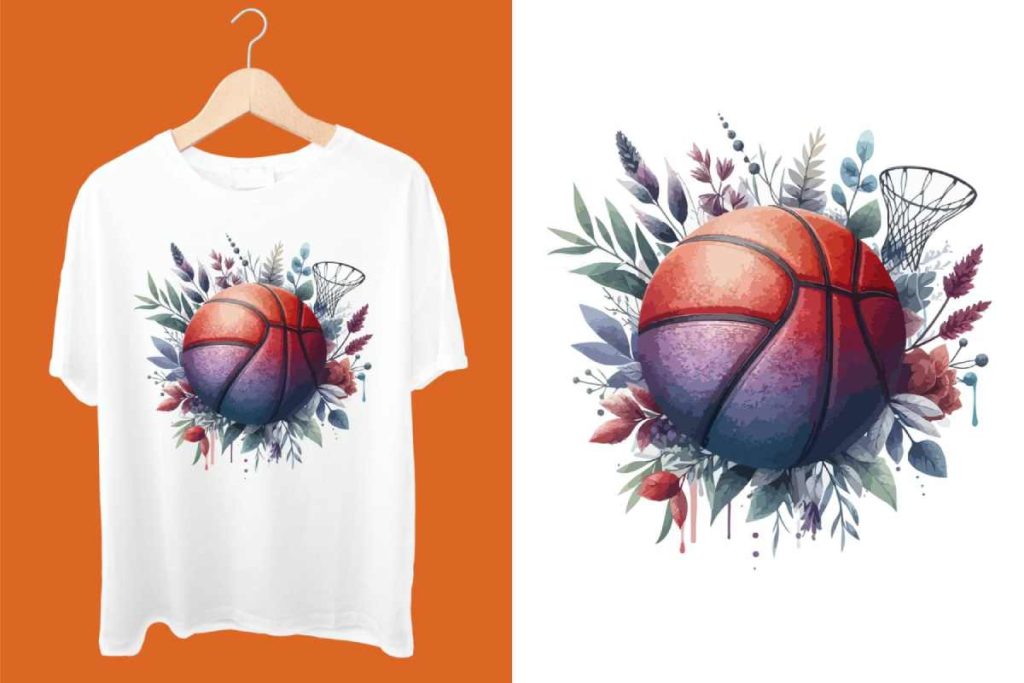DTF Supplies are essential components in mastering the innovative world of Direct to Film (DTF) printing, a method gaining traction in the garment decoration industry. This technique enables stunning and customizable designs to be beautifully transferred onto various fabrics, enhancing creativity and personal expression. To truly harness the power of DTF printing, one must understand the key elements involved in the DTF transfer process, including DTF film, adhesive powder for DTF, and the heat press machine. Each component plays a vital role in achieving vivid results, making it imperative for anyone interested in this technology to familiarize themselves with these supplies. In this guide, we’ll explore how to effectively utilize DTF supplies to ensure a successful and efficient printing experience.
Embracing the art of Direct to Film (DTF) printing means understanding the necessary materials that contribute to high-quality design transfers. Often referred to as DTF printing supplies, these critical components form the backbone of the DTF transfer mechanics. Whether you’re looking at specialized film for prints, a strong adhesive powder for DTF that guarantees durability, or a reliable heat application device, each item is designed to enhance the transfer process. By navigating the nuances of these tools, you can elevate your garment design projects to new heights. This introduction will guide you through the various essentials needed for successful DTF applications.
Essential DTF Printing Supplies for Beginners
When starting your journey in DTF printing, having the right supplies is crucial. An essential component is the inkjet printer, which must be compatible with DTF inks, particularly pigment-based ink that yields vibrant colors. Investing in a quality printer ensures that your artwork is replicated accurately on the DTF film, which is specifically designed to work with this printing technique. Without the appropriate printer, the integrity of your designs can be compromised, leading to subpar finished products.
Furthermore, the DTF film is another pivotal supply that facilitates the transfer process. Unlike standard printer paper, DTF film is created to hold onto the ink before it is bonded onto fabrics. The unique properties of DTF film enable sharp, detailed prints that maintain their quality post-transfer. As you gather your supplies, ensure that you also stock up on adhesive powder, as this element is vital for securing the print on the fabric and guaranteeing a high-quality final product.
The DTF Transfer Process Explained
Understanding the DTF transfer process is essential for achieving successful results. The process begins with design preparation, where you can utilize graphic design software to create and refine your artwork. Be mindful of the colors chosen and the dimensions, as both significantly affect the quality of the end product. Once your design is ready, printing on the DTF film is the next step, where you’ll need to fine-tune your printer settings to ensure optimal color vibrancy and clarity.
Next, the application of adhesive powder comes into play. While the ink remains wet on the DTF film, you must evenly distribute the adhesive powder to create a strong bond. This crucial step can greatly affect the durability of your print on fabric. After applying the powder, curing it with a heat press or oven activates the adhesive. This activates the bonding capabilities necessary for a long-lasting transfer, making this stage a key part of the DTF transfer process.
Tips for Optimizing Your DTF Printing
To maximize the quality of your DTF prints, there are several tips you should consider. Firstly, experimenting with various DTF inks and films can help in identifying which combinations yield the best results for your projects. Different brands may produce varying outcomes in terms of color saturation and adhesion. Regularly testing these materials can help you refine your process and enhance output quality.
Another practical tip is to pre-press your fabrics before making the transfer. This crucial step removes moisture and wrinkles, which can interfere with the adhesion process. Properly prepped fabrics ensure better bonding between the DTF film and the garment, resulting in more durable transfers. Additionally, maintaining routine checks and cleaning of your heat press and printer can prevent issues like clogs or uneven applications that may hinder the printing process.
Common Challenges in DTF Printing Processes
Despite its potential, DTF printing does come with its share of challenges that users must navigate. One common issue is related to the adhesive not bonding correctly during the transfer. If you encounter this problem, it may be necessary to revisit your curing practices or explore different adhesive powders to find a better fit for your specific needs. Ensuring that the curing is performed at the correct temperature and duration can significantly impact the bond strength.
Another challenge includes achieving optimal print quality. If color saturation or clarity is lacking, this could be a result of incorrect printer settings. Therefore, familiarizing yourself with the optimal settings for printing on DTF film is essential. Regular testing and adjustments can help resolve these quality issues, ensuring that your prints consistently meet the standards of excellence required in the garment decoration industry.
Choosing the Right Equipment for DTF Printing
Selecting the proper equipment for DTF printing is a vital aspect that greatly influences your workflow and final results. The inkjet printer you choose should be capable of handling DTF inks, and it’s crucial to select a model known for its reliability and performance. Additionally, a quality heat press machine can make a remarkable difference in the effectiveness of ink transfer. The right heat press offers adjustable temperature and pressure settings, as well as even heat distribution, preventing common pitfalls like scorching or inconsistent transfers.
Moreover, when considering supplies like DTF films and adhesive powders, it’s wise to research reputable brands within the industry. Quality control within these components directly impacts the final print quality. By investing in the necessary tools that are engineered for DTF printing, you create a robust foundation for achieving professional-grade results and minimizing failures during the transfer process.
Exploring the Future of DTF Printing
As the DTF printing industry continues to evolve, we can expect advancements in technology and supplies that further enhance the quality and efficiency of this method. Innovations in ink formulations, for example, may lead to more eco-friendly options without sacrificing performance. Additionally, developments in film and adhesive technology promise to improve durability and ease of use, making DTF printing more accessible to hobbyists and professionals alike.
Furthermore, the growing online community surrounding DTF printing can provide invaluable resources. By participating in forums or following industry-specific blogs, printers can stay updated on the latest techniques, troubleshoot common issues, and share their experiences. This collaborative environment encourages experimentation and learning, allowing both newcomers and established professionals to refine their craft and adapt to emerging trends within the DTF printing landscape.
Frequently Asked Questions
What are the essential DTF supplies needed for successful DTF printing?
To achieve successful DTF printing, you’ll need several key supplies including an inkjet printer compatible with DTF inks, DTF film, adhesive powder for DTF, and a heat press machine. These components are crucial for producing vibrant and detailed transfers on fabric.
How does the DTF transfer process work with DTF supplies?
The DTF transfer process involves printing your design onto DTF film using a compatible inkjet printer. After printing, adhesive powder is applied to the wet ink, and then it’s cured with heat. Finally, the film is pressed onto the garment using a heat press machine, creating a durable transfer.
What is DTF film and why is it important for DTF printing?
DTF film is a specialized film designed to hold ink in a way that ensures seamless transfers to fabric. It’s important because it plays a crucial role in capturing the vibrant colors of your design during DTF printing, leading to high-quality final products.
What type of adhesive powder for DTF is best for high-quality transfers?
Using high-quality adhesive powder for DTF is essential for strong bonding. Look for adhesive powders specifically designed for DTF applications, as they ensure proper adhesion and durability of the transfer on various fabrics.
Do I need a special heat press machine for DTF printing?
While not all heat press machines are created equal, it’s advisable to use a heat press that allows for adjustable temperature and pressure settings. This ensures optimal conditions for the DTF transfer process, resulting in a successful and durable print.
How can I troubleshoot common challenges in the DTF printing process?
To troubleshoot DTF printing challenges, first ensure your printer settings are optimized for DTF film and ink. If adhesive issues arise, adjust the curing process or try different adhesive powders. Routine maintenance of your printer and heat press can also prevent many common problems.
| Key Supplies | Description | Importance | |
|---|---|---|---|
| Inkjet Printer | Compatible printer for DTF inks. | ||
| DTF Film | Special film designed for ink transfer. | ||
| Adhesive Powder | Bonds design to fabric during heat transfer. | ||
| Heat Press Machine | Applies heat and pressure for transfer. | ||
| Software | Graphic software for design prep. | ||
Summary
DTF Supplies are crucial for anyone venturing into the world of Direct to Film printing. This innovative printing method transforms garment decoration by enabling rich, vibrant images onto various fabrics. To successfully execute DTF transfers, understanding the key components—like the right printer, specialized DTF film, and adhesive powder—along with the detailed steps of the transfer process is imperative. With a solid grasp of these essentials, you will be well-equipped to produce high-quality prints. Embrace the learning curve and experiment with different combinations of supplies to find your perfect setup. As you dive into this exciting journey, keep abreast of the latest trends and techniques in the DTF community to enhance your skills and results.



